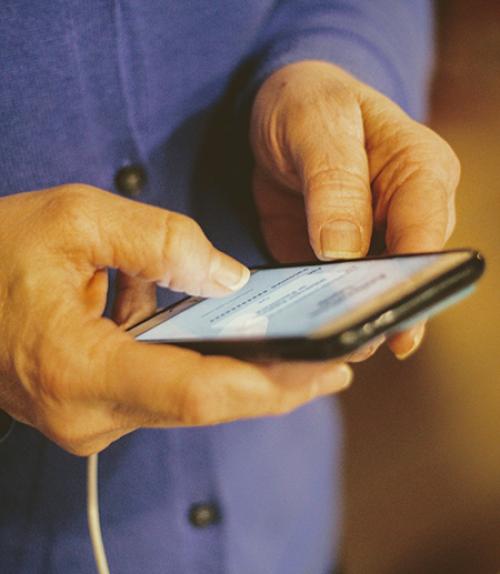
 Department Homepage
Department Homepage
Smartphones help show how places affect health in real time
In places they perceived as stressful or threatening, older adults were significantly more likely to report momentary spikes in fatigue or pain.




